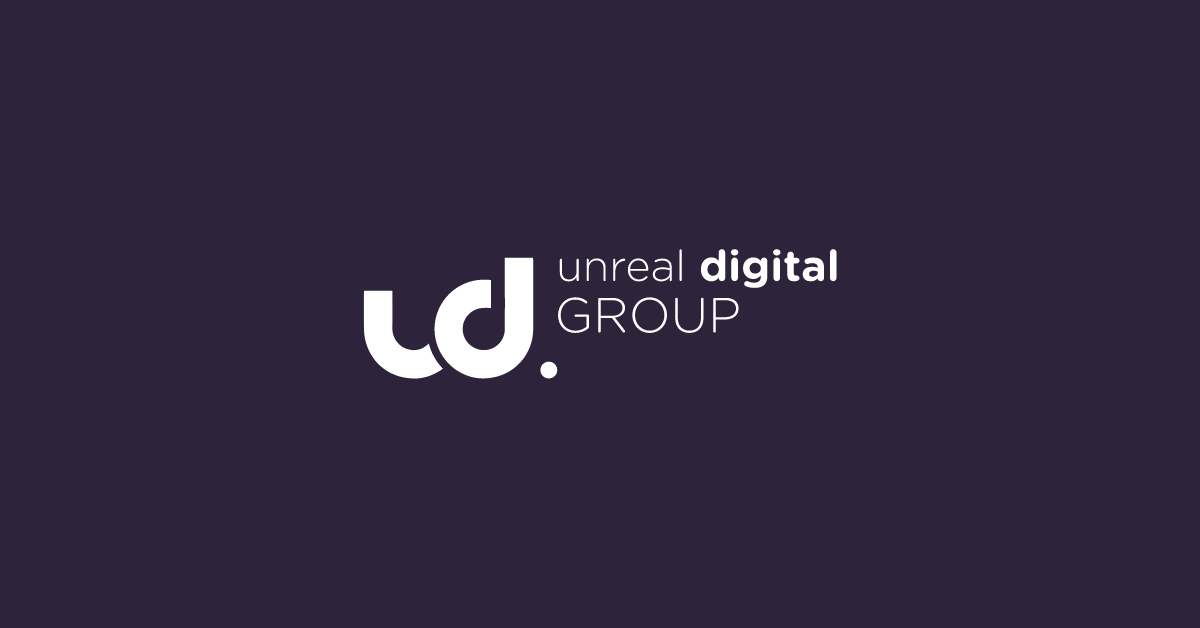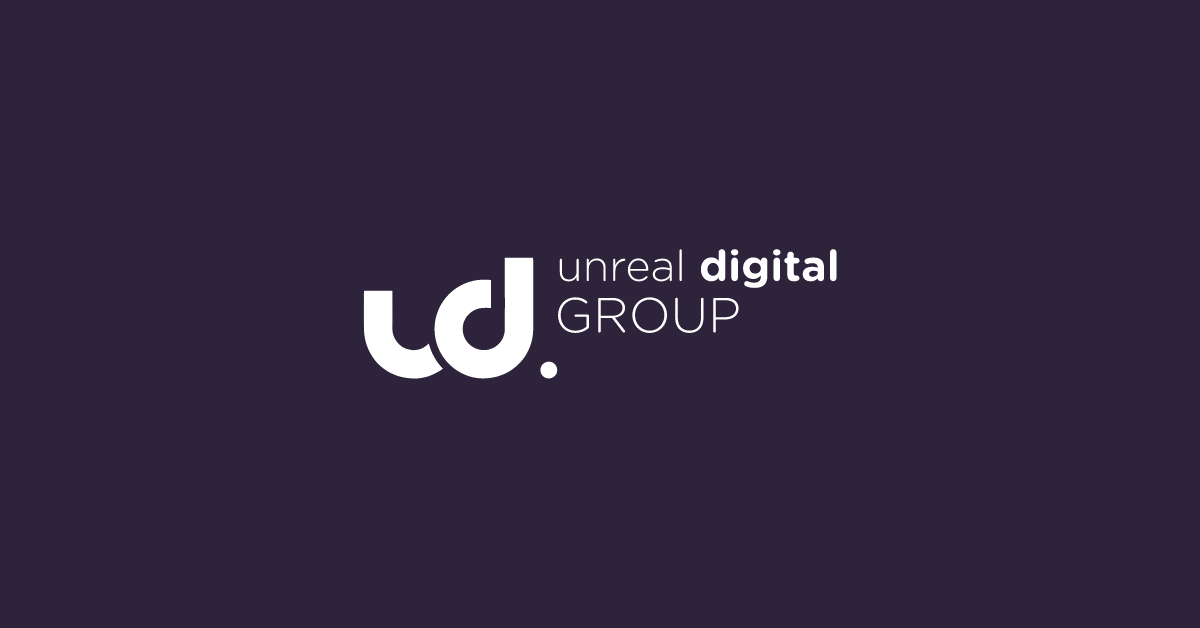When To Use Email Nurture Campaigns Versus Sales Sequences To Engage Your Buyers
Timing is everything. At least when it comes to nurturing your prospects and engaging potential buyers.
We all know what happens when your message is too late.
But sharing the wrong message too early can be equally unfavorable — an opportunity lost.
When you hit your prospects with a sales-heavy message too soon, you risk passing along to sales low-value leads that aren’t ready to make buying decisions. At a minimum, this wastes their time as it pulls their focus away from higher-value prospects. Worse, it causes frustration among the sales team, who then struggle to drive results and meet sales quotas based on lukewarm leads.
Ideally, the marketing team should pass along to sales predominantly hand-raisers — qualified leads that have identified themselves through their engagement with marketing programs.
But far too often, prospects are tossed into a sales conversation too early — setting the sales team up for disappointing conversion rates.
There is a time and place for both B2B marketing nurtures and sales sequence emails, and we’ll explore what that looks like in the two-step process below.
No. 1: Engage with marketing email nurture campaigns
To nurture your prospects through the various stages of the marketing and sales funnels requires that you provide them with value-focused information relevant to where they are in the buying journey.
That means educational and awareness outreach to engage early-stage prospects and more solution-focused outreach for late-stage prospects.
This is the bread-and-butter of marketing automation tools, like HubSpot, which allow you to automate email campaigns, move prospects further down the funnel, and generate more qualified leads.
With highly targeted workflows, you can then drill down with more granularity — segmenting your prospects into nurtures with relevant content and messaging that speaks to their roles, their industries, and where they are in the funnel.
The goal of marketing nurtures is three-fold: Educate your potential buyer, provide thought leadership related to your product and/or industry, and give opportunities for your prospects to ask for more through complementary tools, product demos, or free trials. It’s an important first step.
No. 2: Use sales sequencing to close the deal
Once hands go up — as a result of engagement with marketing campaigns — your MQLs can be transitioned into a sales sequence or cadence. This is a series of touchpoints with a prospect and typically includes a structured timeframe for sales reps to follow up with each prospect via various communication channels (traditional, social, etc.).
Here, the communication style changes. A sales sequence feels more personal and remains short and to the point.
(If you’re struggling to engage your post-MQLs with sales conversations, your actual email could be the problem. Read our guide to writing better sales emails for best practices that work.)
The table below illustrates what a sales sequence framework might look like. It includes descriptions of each sequence, goals, timing, and triggers that move prospects in and out of various stages of the sequence.

Like with marketing automation tools, sales enablement tools such as SalesLoft or Outreach and Hubspot’s sales automation product are valuable resources to help with the complexities of planning, scheduling, and executing a sales sequencing strategy. These tools allow you to automate personalized, tailored interactions that create an exceptional customer-focused buying experience.
Putting it together: Marketing and sales emails
There are instances when putting cold names into a sales cadence works. For example, this is a key tactic in surrounding buyers in an account-based approach, and those sales sequences are often focused on intent or industry-specific topics.
With the sophisticated, targeted outreach that marketing automation provides, every contact in your database will get the relevant and persona-specific attention they deserve. Your sales team can then leverage enablement tools to engage more deeply with your prospective buyers.
Marketing nurture campaigns and sales sequencing both play an important role in your customer acquisition strategy. Serve up the right type of outreach at the right time, and you’ll drive more opportunities won.
Want to learn how to write sales outreach emails that engage and convert? Check out our guide — Anatomy of a Sales Sequence Email — for tips and tricks on how to transform your sales conversations into closed deals.


